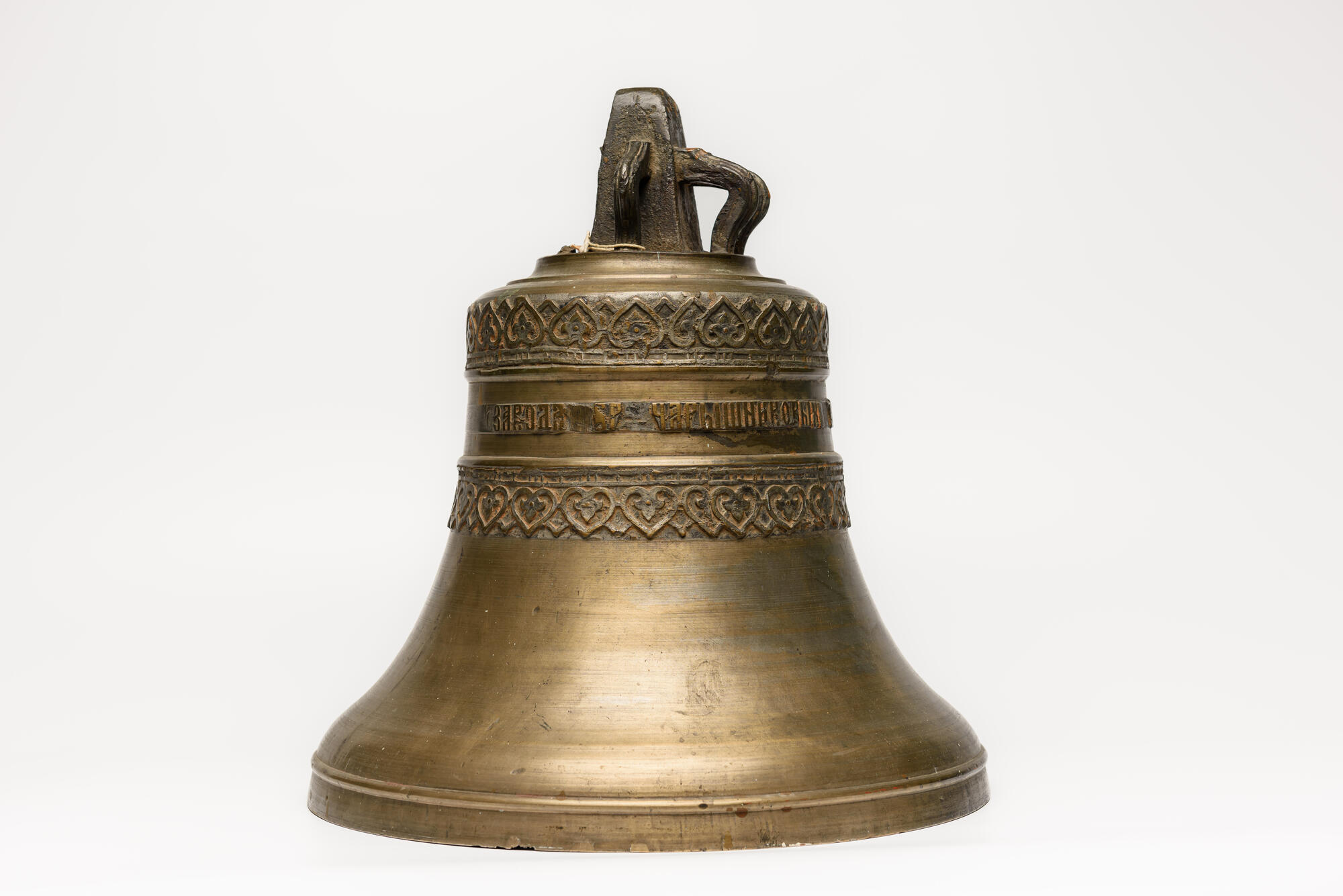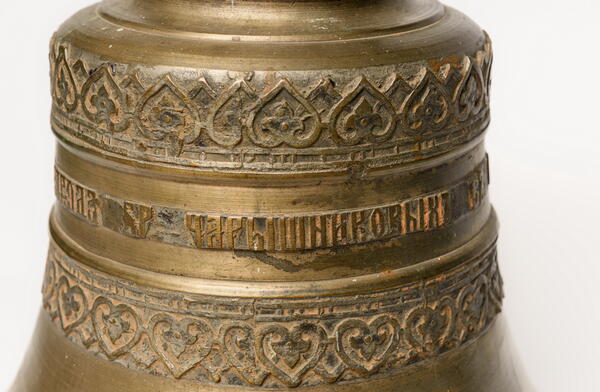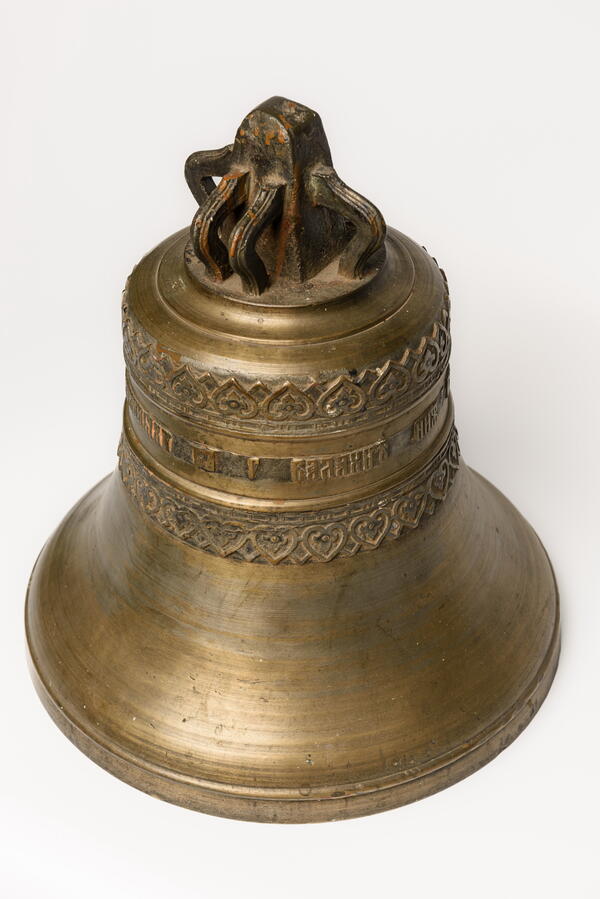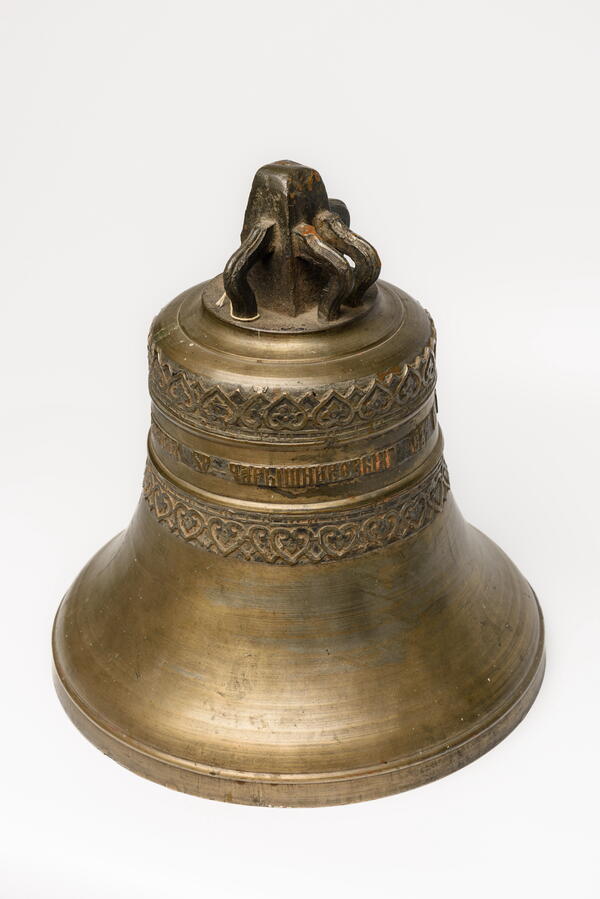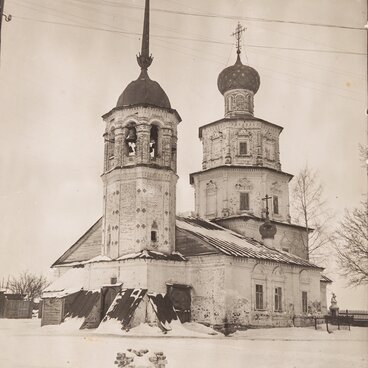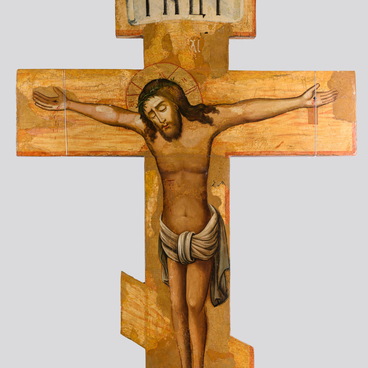The hereditary casters, manufacturers of church bells, Charyshnikovs are mentioned in sources from the second half of the 18th century to the 1920s. In 1772, they founded a small private factory-type enterprise in Yaroslavl. They cast both at the factory and “at the location”. The first known representative of the dynasty, Ivan Grigoryevich Charyshnikov, who came from the lower middle class, published the “Book of Bell-Making Art” in 1808; his name as the owner of the factory is mentioned in the official census of 1832.
In 1853–1881, under the grandson of Ivan Grigoryevich, Semyon Dmitrievich, the “factory” became a manufactory: three furnaces were installed there, and about 20 workers were hired. The products were exhibited at the Rostov, Nizhny Novgorod and Yaroslavl fairs.
By the 1860s, Charyshnikov’s enterprise had become the second largest after the one of Nikolay Afanasyevich Samgin. However, in the mid-1870s, the Charyshnikovs left Yaroslavl.
In the 1880s, Sergey Semyonovich assumed the leadership of the company. After a period of decline, he moved production to Murom, and then to Balakhna, where he set up a new workshop on the outskirts of the city. Initially, only two workers were listed there, and only eight bells were cast in several years.
The situation changed in the early 1890s: Charyshnikov was awarded a large silver medal at the Yaroslavl Exhibition, and began to receive important orders. After the death of Sergey Charyshnikov in 1894, the plant passed to his widow Euphrosyne Dmitrievna and sons Alexander and — later — Nikolay. In 1905, they bought the stone building of a cooperage factory and founded the “Trading House of E.D. Charyshnikova and Her Sons”, where they cast bells weighing from 20 to 300 poods (one pood was equal to about 16 kilograms). The number of workers did not exceed 10 people. There were no engines; they used horse-power. The inventory was valued to be at 1,599 rubles 40 kopecks. All works requiring special skills were performed by the Charyshnikovs themselves.
After the revolution, Nikolay Charyshnikov tried to keep the business going, but there were fewer and fewer orders, he worked almost alone and in 1926 he was forced to cede the factory to the new authorities for 28,852 rubles, and, judging by the documents, he never received the money.
In total, the Charyshnikovs cast about 150 bells in Balakhna, most of them with rich decorations, medals, icons and detailed “passports”, where the customer’s surname, the year and the name of the church were indicated.
The presented bell was discovered during the renovation of the building of the former Cardboard Factory club (previously — the factory building), when the floor was opened, and from there it entered the museum’s collection.
In 1853–1881, under the grandson of Ivan Grigoryevich, Semyon Dmitrievich, the “factory” became a manufactory: three furnaces were installed there, and about 20 workers were hired. The products were exhibited at the Rostov, Nizhny Novgorod and Yaroslavl fairs.
By the 1860s, Charyshnikov’s enterprise had become the second largest after the one of Nikolay Afanasyevich Samgin. However, in the mid-1870s, the Charyshnikovs left Yaroslavl.
In the 1880s, Sergey Semyonovich assumed the leadership of the company. After a period of decline, he moved production to Murom, and then to Balakhna, where he set up a new workshop on the outskirts of the city. Initially, only two workers were listed there, and only eight bells were cast in several years.
The situation changed in the early 1890s: Charyshnikov was awarded a large silver medal at the Yaroslavl Exhibition, and began to receive important orders. After the death of Sergey Charyshnikov in 1894, the plant passed to his widow Euphrosyne Dmitrievna and sons Alexander and — later — Nikolay. In 1905, they bought the stone building of a cooperage factory and founded the “Trading House of E.D. Charyshnikova and Her Sons”, where they cast bells weighing from 20 to 300 poods (one pood was equal to about 16 kilograms). The number of workers did not exceed 10 people. There were no engines; they used horse-power. The inventory was valued to be at 1,599 rubles 40 kopecks. All works requiring special skills were performed by the Charyshnikovs themselves.
After the revolution, Nikolay Charyshnikov tried to keep the business going, but there were fewer and fewer orders, he worked almost alone and in 1926 he was forced to cede the factory to the new authorities for 28,852 rubles, and, judging by the documents, he never received the money.
In total, the Charyshnikovs cast about 150 bells in Balakhna, most of them with rich decorations, medals, icons and detailed “passports”, where the customer’s surname, the year and the name of the church were indicated.
The presented bell was discovered during the renovation of the building of the former Cardboard Factory club (previously — the factory building), when the floor was opened, and from there it entered the museum’s collection.
